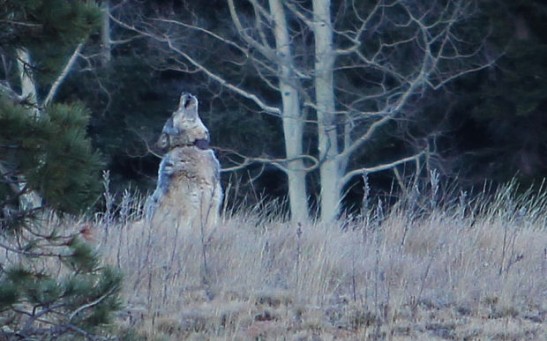endangered species
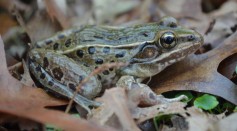
Crytptic New Species of Leopard Frog Found in New York City
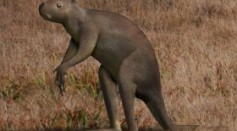
How Ancient Kangaroos Walked Off the Face of the Earth and Hopped into Future Generations

US Fish & Wildlife Service Say African Lions May be Extinct by 2050
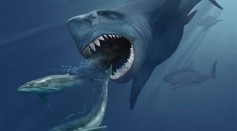
Megalodon Sharks became extinct 2.6 million years ago
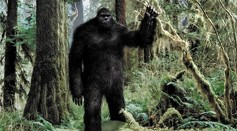
Another ‘Big’ Species Added to Endangered Species List? The Sasquatch Debate
Most Popular

How Technology Is Changing the Real Estate Industry?

AI Revolution in Medical Education: Transforming How Healthcare Professionals Learn

Zombie Star Set to Light Up Night Sky: Blaze Star Could Erupt Soon

Exploring Life Beyond Earth: Study Claims Other Planets Could Be Suitable for Alien Life

